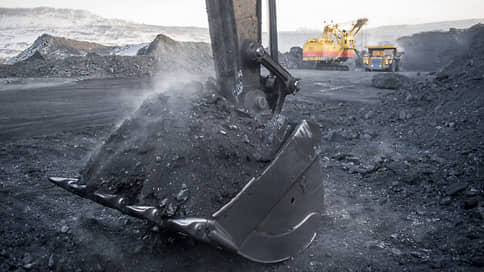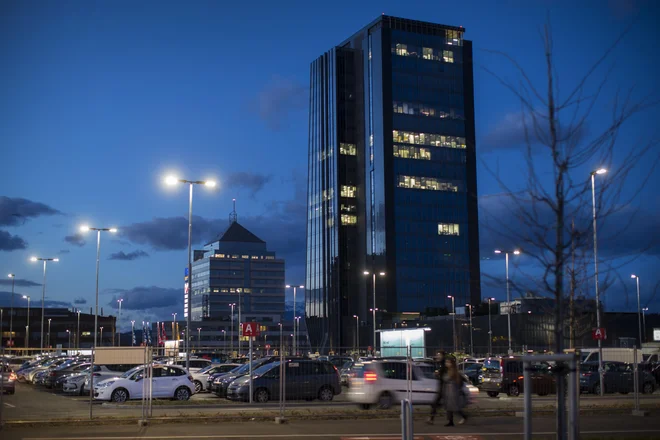Prices for Russian coal in Asia fell to a four -year minimum

The cost of Russian energy coal in the Asian market fell to a four -year minimum. Demand for key directions for Russian exporters-in China and India-falls due to global overproduction, lower prices for its own coal and high fuel reserves at thermal power plants and in ports. In coal mining companies, expensive logistics is considered a key restriction of profitability.
Prices for Russian energy coal in Asia sank to a four -year minimum against the background of excess offer and reduce imports from key consumers, the Neft Research study says. According to analysts, energy coal is 5500 kcal per 1 kg, taking into account the cost of delivery to the port (CFR) in South China, by May 23, fell to $ 77.5 per ton, in Western India – up to $ 82.6 per ton. Since the beginning of the year, quotes have decreased by 16.8% and 13.1%, year by year – by 27.1% and 25.5%, respectively. Prices for this coal in the Far Eastern ports (FOB Vostochny) fell to $ 63.5 per ton, which is 30.6% less than a year earlier, and 19.5% less than at the beginning of this year.
“Sufficient reserves of solid fuel in China, combined with a decrease in domestic prices, exerted pressure on quotes in the region and caused difficulties with coal implementation,” said Neft Research analysts. So, due to the record reserves at the end of May, the National Development and Reform Commission (NDRC) of China asked the power plant to give priority to domestic coal instead of imported.
According to the results of January – 2025, China reduced the sea import of coal by 12% of the year, to 127 million tons, the expert of the Institute of Energy and Finance, Alexander Titov, indicates.
NEFT Research partner in consulting Alexander Kotov says Chinese buyers continue to rely on local production coal due to the competitive price and increase domestic production. In India, a high level of its own offer is also preserved, in Turkey, interest in solid fuel is restrained by the growth of hydropower production, the analyst lists. Boris Krasnozhenov, head of the Analyst Securities Analyst Securities Department, notes that the cost of gas in Asia on the spot remains quite low-about $ 450 per thousand cubic meters, which also exerts pressure on energy coal prices in the region.
Energy coal has already become a set to a level when exports over long distances do not pay off, says Yevgeny Grachev, director of the Center for price indices (CCI). According to Neft Research, a non -back for the supply of Kuzbass energy coal with a calorie content of 5500 kcal per 1 kg again fell to negative values - minus 271 rubles. For a ton in the Far Eastern ports. As indicated in the review, Russian coaling companies under these conditions are forced to reduce or suspend export (See “Kommersant” from May 27). Mr. Krasnozhenov says that the current price level can lead to a stop of export of energy coal exports near the world market, which balances the supply volumes in the second half of the year and can stimulate positive price dynamics.
According to Alexander Kotov, due to a decrease in interest from key consumers, traders began to focus on smaller markets, including South Korea, Vietnam and Taiwan.
South Korea is especially active now, where energy companies are conducting tenders for the purchase of coal, he indicates. According to Neft Research, the prices of Russian coal in South Korea at the end of May were relatively high, which was facilitated by the revitalization of demand from local utilities. In addition, buyers are attracted by discounts reaching 5% of the cost of coal of other origin, analysts say.
The coal miners themselves believe that internal logistics restrictions exert much more pressure on their profitability. The interlocutor of Kommersant in the coal industry indicates that the cause of low non -backs that do not even cover the cost of production is in the rapid growth of railway tariffs for the transportation of coal and empty gondola cars, which increased 103% and 83%, respectively from 2021. “The latter was reflected in a significant increase in the rate of half -wagons operators, while the profitability of these operators fell to the maximum size,” he adds. In terms of production expenses, the Kommersant source continues, coal companies “tightened the belts” to the limit. According to him, on average in Western Siberia in June 2025, compared with the same period of 2021, the cost of coal production increased by 14%, mainly due to an increase in the cost of fuel and electricity, the key rate and costs for wages.






